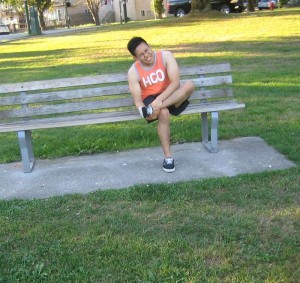Chilblains are described as patches of discolored, itchy, swollen skin brought about by a combination of poor circulation and cold weather. It is important to note that the toes are quite susceptible but other extremities are also at risk including the earlobes, fingers and the nose. Additional, wearing tight shoes is a contributing factor since it reduces the circulation to the toes.
Despite the discomfort the condition causes, chilblains will not cause any lasting tissue damage, but can cause an ulcer in serious cases. Not all who are exposed to cold and moist conditions develop chilblains. Those who are highly sensitive to changes in the temperature and weather are at higher risk as well as those who are sedentary, elderly, adolescents and individuals with health conditions.
Indications of chilblains
Chilblains usually develop on the toes with the common symptoms:
- Intense itchiness
Reddish, bluish or white swollen patches on the skin. - Burning sensation on the skin
- Reddish, bluish or white swollen patches on the skin
- Dry skin that might even lead to cracks and splits
- Possibility for secondary infection
- Ulceration in severe cases
Even though the precise cause of chilblains is still unknown, it is believed to be linked with the reaction of the body to cold weather. During warm weather, the body expands the blood vessels close to the skin so excess heat is released to cool down the body. During cold weather, these blood vessels constrict to retain body heat. The resulting constriction can starve the extremities such as the toes of warmth and blood if the peripheral circulation is sluggish.
The symptoms are aggravated with abrupt changes in the temperature. In the same way, heating cold feet rapidly can also worsen the condition.
Home management of chilblains
- The individual should resist the urge to scratch the affected area since this can damage the skin.
- Apply witch hazel or calamine lotion to calm the itchiness.
- Keep the entire body warm.
- Wear cotton or wool socks
- Encourage the individual to perform gentle exercises to restore the circulation to the feet.
Quick Note / Disclaimer
The material posted on this page on chilblains is for learning and educational purposes only. To learn to recognize and manage circulatory issues including chilblains, register for a first aid and CPR course with Toronto First Aid.

